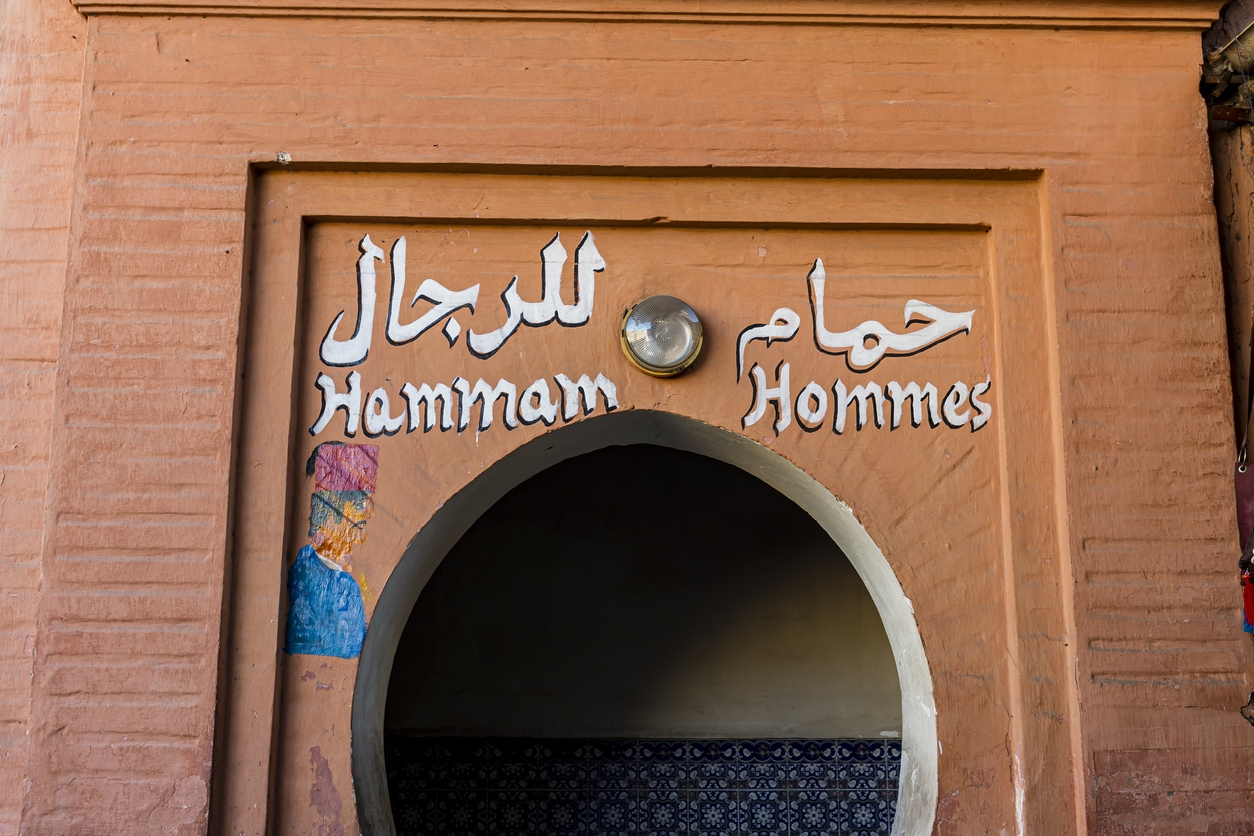- Published on
Unveiling the Ancient Secrets of Morocco s Hammam Traditions and Ghassoul Clay Treatments
- Authors

- Name
- Adil ABBADI
Introduction
Step into the tranquil atmosphere of a Moroccan hammam, where the ancient ritual of purification and relaxation awaits. For centuries, the hammam has been an integral part of Moroccan culture, a sacred space where friends and family gather to unwind, socialize, and rejuvenate their bodies and souls. At the heart of this tradition lies the revered ghassoul clay, a natural wonder with remarkable healing properties. In this article, we'll embark on a journey to uncover the cultural significance of Morocco's hammam traditions and ghassoul clay treatments, exploring their historical roots, traditional practices, and modern adaptations.

- Historical Roots
- Traditional Significance
- Modern Relevance
- Cultural Preservation
- Conclusion
- Cultural Call-to-Action
Historical Roots
The origins of the hammam date back to the Roman Empire, where public bathhouses were a staple of urban life. As Islam spread throughout the Mediterranean, the concept of the hammam evolved, incorporating spiritual and social elements. In Morocco, the hammam became an integral part of daily life, particularly for women, who would gather to socialize, share stories, and enjoy each other's company. The hammam was more than just a place for physical cleanliness; it was a sacred space for emotional and spiritual rejuvenation.
Traditional Significance
In traditional Moroccan culture, the hammam is a rite of passage, particularly for women. The ritual begins with the application of ghassoul clay, a rich, mineral-dense paste made from the Atlas Mountains' unique soil. The clay is said to possess purifying properties, drawing out impurities and toxins from the skin. As the clay is applied, the hammam's warm, steamy atmosphere helps to open up the pores, allowing for a deep cleanse. The experience is often accompanied by gentle exfoliation, using a traditional Moroccan kessa glove, and a soothing massage.

Modern Relevance
In modern times, the traditional hammam experience has been adapted to cater to a wider audience. Luxury spas and hammams have sprung up, offering a range of treatments that blend traditional techniques with modern amenities. From rejuvenating facials to relaxing massages, these contemporary hammams provide a unique opportunity to experience Morocco's rich cultural heritage. Many spas also incorporate local, organic ingredients, such as argan oil and rosewater, to create a truly immersive experience.
Cultural Preservation
Efforts to preserve and promote Morocco's hammam traditions are underway, with many local initiatives focused on training the next generation of hammam practitioners. The Moroccan government has also recognized the cultural significance of the hammam, listing it as an Intangible Cultural Heritage of Humanity by UNESCO. As a result, many historic hammams have been restored and renovated, providing a glimpse into the country's rich cultural past.

Conclusion
The ritualistic hammam traditions and ghassoul clay treatments are an integral part of Morocco's cultural fabric, weaving together history, spirituality, and social bonding. As we delve into the world of Moroccan wellness, we're reminded of the importance of preserving cultural heritage and embracing traditional practices. By experiencing the hammam, we're not only indulging in a luxurious spa treatment but also honoring the rich cultural legacy of Morocco.
Cultural Call-to-Action
As you explore the world of Moroccan hammams and ghassoul clay treatments, remember to approach this cultural tradition with respect and sensitivity. Visit a local hammam, engage with the community, and learn about the history and significance behind this ancient ritual. By doing so, you'll not only rejuvenate your body and soul but also contribute to the preservation of Morocco's vibrant cultural heritage.
